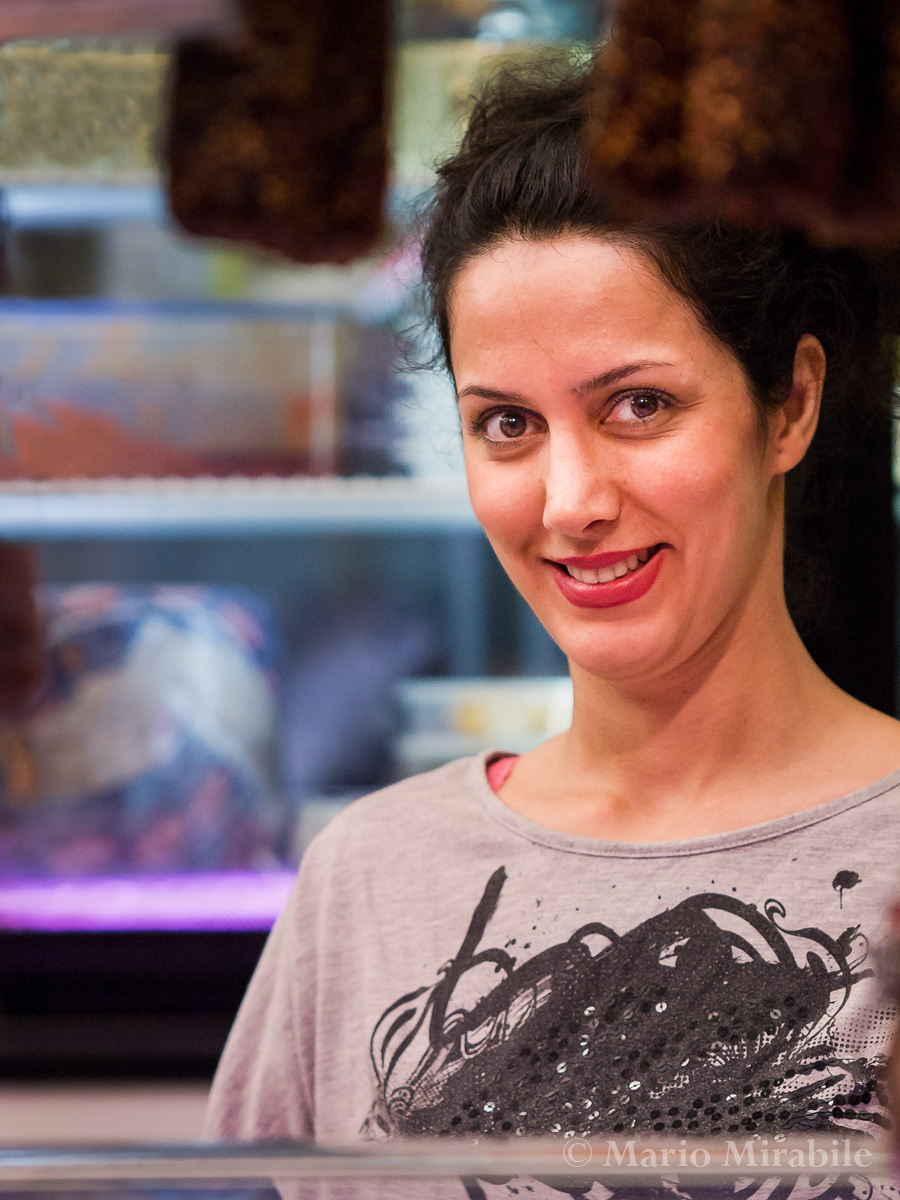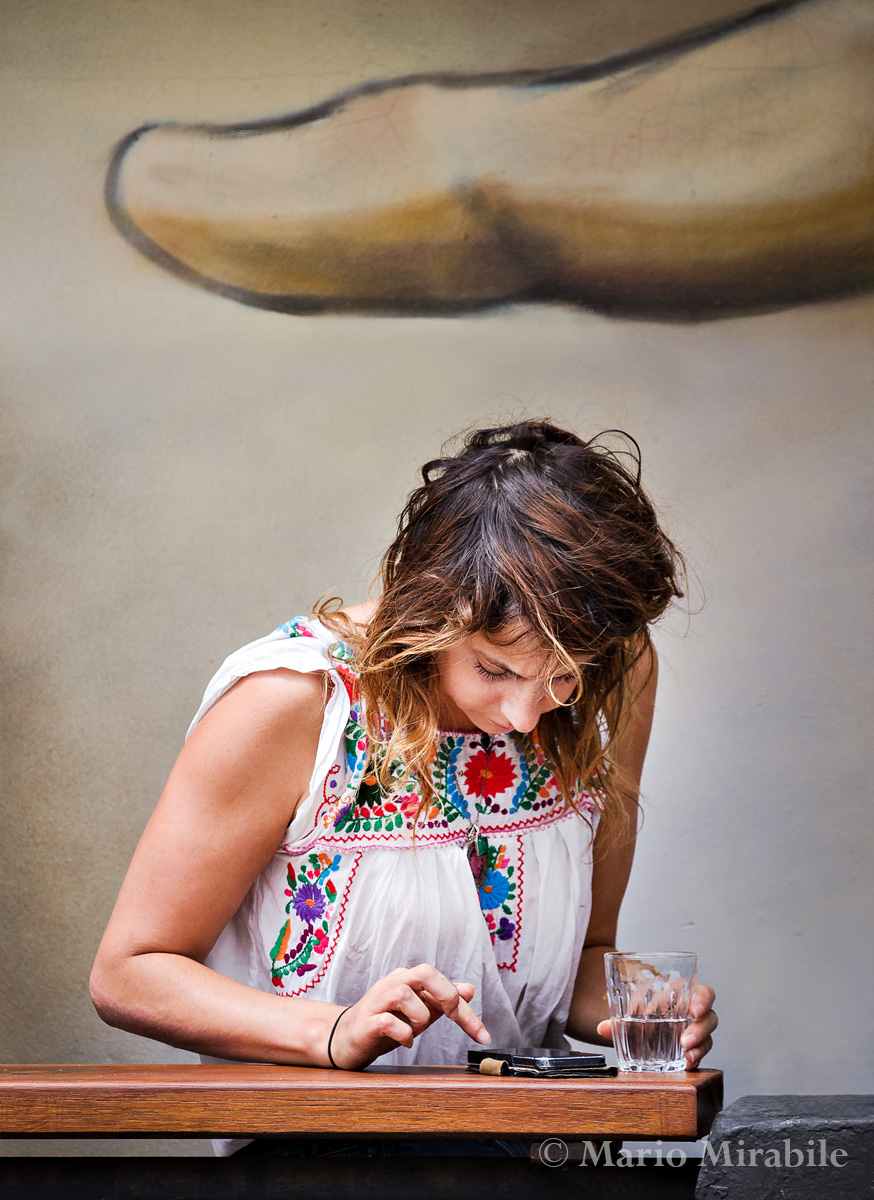Melbourne's Queen Victoria Market has somewhat eclectic trading hours. It's closed on Mondays and Wednesdays, and Sunday trading was a relatively late addition to its schedule. When it is open, though, it's invariably jumping, and doubly so on Saturday mornings. When I lived nearby and shopped there regularly some 30 years ago, Saturday trading ceased at 12 noon precisely, and didn't resume till the following Tuesday. Traders, especially those with meat and fish to move, were keen to clear their stocks, so some outrageous bargains could be had in the last half hour of trade.
The stalls have changed hands many times over the years, and the market has seen many renovations, but the character hasn't really changed. I'd be inclined to say that the quality of the meat and fish has improved (I got the odd green lamb chop in the old days), but the faces are still full of character and interest. Saturday morning is as busy as ever, but the traders, for the most part, seem to retain their good humour through the rush, and can even manage the occasional smile for persistent photographers. As a retail experience, it beats a supermarket hands down.
Tech Talk
The market may look well lit, but I still found myself shooting at ISO 800 or 1600. If it wasn't for my 35-100 f2, I would have had to go even higher. Apart from some of the deep shadows, the noise doesn't seem to be an issue, although the funky lighting has caused some interesting white balance problems.
Olympus E-5, Zuiko Digital 35-100 mm f2.













































